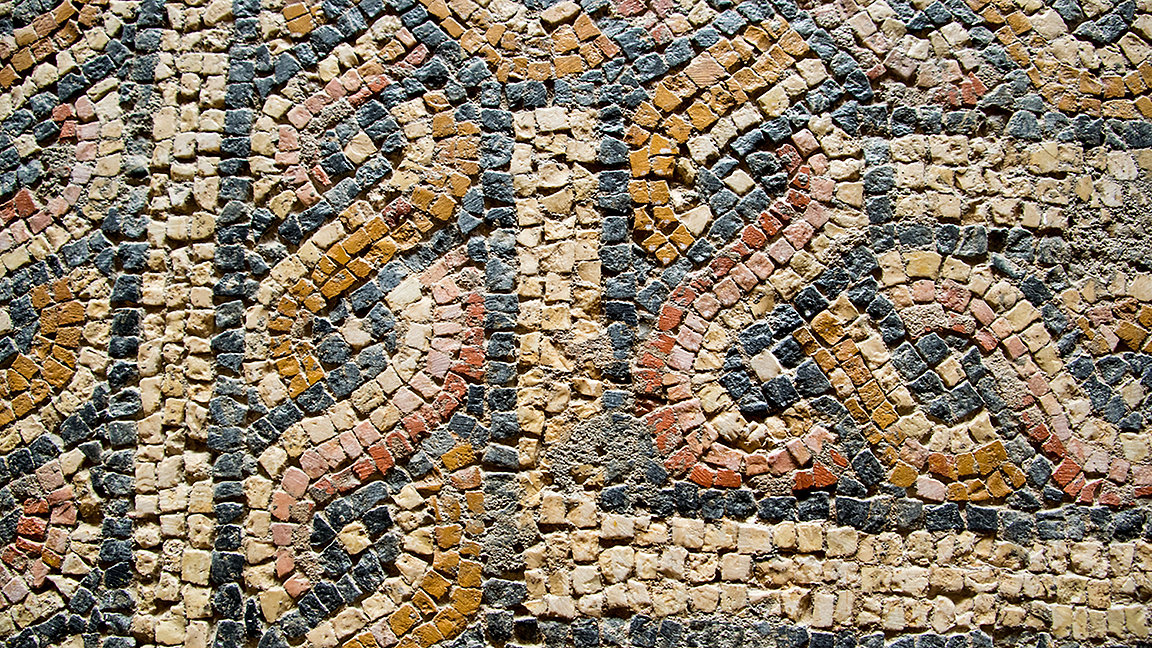
In 2021, the once-eminent collector Michael H. Steindhardt was barred for life from acquiring antiquities after dealing in a vast number of looted artefacts. Many would say he was lucky not to end up in prison.
It was reported that 180 antiquities had been looted and illegally smuggled out of their respective countries of origin, thus rendering each of them stolen property under New York criminal law.
It was also pointed out that some of the forfeited items had relatively long art market histories. One of them, an Anatolian terracotta idol, had first surfaced on the international art market in 1975 at a Sotheby's London auction. Some of the works will have been sold many times, over decades, to unknowing purchasers who bought them entirely innocently.
The article also pointed out that under New York law, a good-faith purchase does not render a stolen item legal; neither does it matter how much time has elapsed since the theft. In other words, the true owner can retrieve the stolen item however many years have passed, even though an innocent purchaser has acquired the work decades later in good faith.
Different jurisdictions have varying laws on this point, and at times there has been much discussion over how to strike the balance between the original owner and a subsequent bona fide purchaser who was not aware of the theft.
English law depends on 'good faith' definition
In English law, one turns to the provisions of the Limitation Act 1980, which the judge in an important case on the issues referred to as 'virtually impenetrable'.
De Preval v Adrian Allen Limited [1997] involved a well-known dealer who tried to auction two French gilt bronze and enamel candelabra by the 19th-century French sculptor Antoine-Louis Barye. The dealer claimed to have bought them in good faith, relying on the fact that he was told by the seller that he had the right to sell them. The candelabra were placed into a Sotheby's auction in 1994. The original owner, Nicole de Preval, then turned up trying to halt the sale and reclaim the candelabra.
The whole case turned on the relevant provisions of the 1980 Act, which the judge determined meant that, once 'a bona fide purchaser acquires the chattel, and six years has run from the date of his acquisition, the owner cannot sue a person who acquires the chattel after the date of the bona fide purchaser’s acquisition, even if he is not himself a bona fide purchaser (he may be a purchaser with notice or a volunteer)'; the original emphasis is given.
In other words: where someone has purchased stolen artworks in good faith, the owner's title to the goods can be overridden, and their right to make a claim barred after six years from the date of the good-faith purchase.
Panel advises on Nazi-era claims
Museums and other institutions subject to Nazi-era art theft claims operate under a separate regime in the UK, where the Spoliation Advisory Panel considers the legitimacy of claims made under broad criteria.
While the panel 'will consider legal issues relating to title to the object', these criteria include, as the guidance expressly states, taking into account 'non-legal obligations, such as the moral strength of the claimant's case'.
Good faith is not necessarily easy for a purchaser to prove. In De Preval the judge went carefully through what the purchaser had said in the witness box and concluded that, on balance, good faith had not been proven. In the final words of her judgment, she said: 'The plaintiff therefore succeeds in her claim to have the candelabra delivered up to her.'
It has been argued, however, that the six-year time frame allowing a bona fide purchaser to deprive the original owner is unfair and that, for example, the New York provisions with no such time limit are more ethical.
A version of this article was previously published in Antiques Trade Gazette in February 2022
Milton Silverman is senior dispute resolution partner at Streathers Solicitors LLP
Contact Milton: Email
Related competencies include: Legal/regulatory compliance

